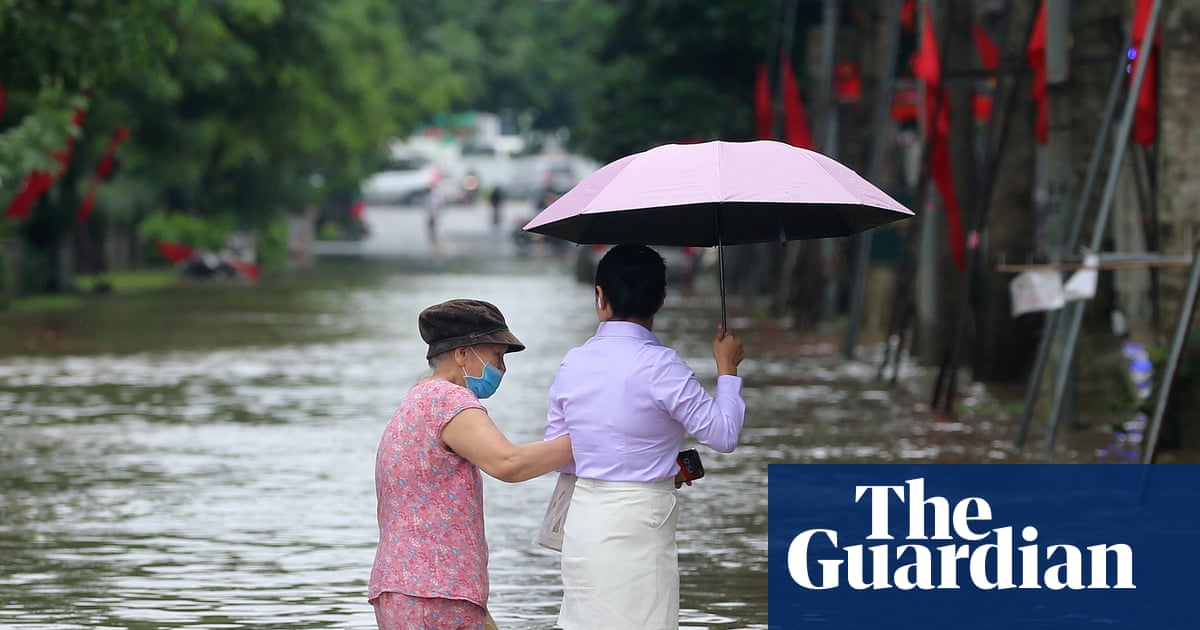
"Typhoon Kajiki steadily intensified over the South China Sea last weekend into a category 2 storm with sustained wind speeds of 115mph. It made landfall near the coastal city of Vinh in Vietnam on Monday afternoon having slightly weakened but still packing a punch with winds of up to 100mph and torrential rainfall. Kajiki's wind threat soon faded after landfall, but the flood risk continued into Tuesday and Wednesday as the system moved inland."
"The duration of torrential rains from Typhoon Kajiki led to an elevated landslide risk across Laos and Thailand on Thursday. Landslides were reported in 12 Thai provinces, including the popular tourist destination of Chiang Mai, where four people were killed. Another person drowned in Mae Hong Son, bringing the death toll to five in Thailand so far, with a further 15 injured and thousands still being affected."
"Parts of central and northern Vietnam, as well as Thailand, experienced 300-400mm of rainfall. Seven people were killed in Vietnam with flood water damaging more than 10,000 homes. The area is also home to thousands of hectares of rice plantations, some of which have also been affected by the extreme rainfall. Power outages and flooding have also reached the capital, Hanoi, where the outer bands of the storm continued to produce heavy rainfall into Tuesday and Wednesday."
Typhoon Kajiki intensified into a category 2 storm over the South China Sea before making landfall near Vinh, Vietnam with winds up to 100 mph and torrential rain. Flooding persisted inland through midweek, producing 300–400 mm in parts of central and northern Vietnam and Thailand. Seven people died in Vietnam and more than 10,000 homes were damaged; thousands of hectares of rice plantations were affected. Power outages and flooding reached Hanoi. Torrential rains elevated landslide risk across Laos and Thailand, causing deaths and injuries. A new tropical depression and ongoing monsoon rains threaten further flooding and could hamper rescue efforts.
Read at www.theguardian.com
Unable to calculate read time
Collection
[
|
...
]